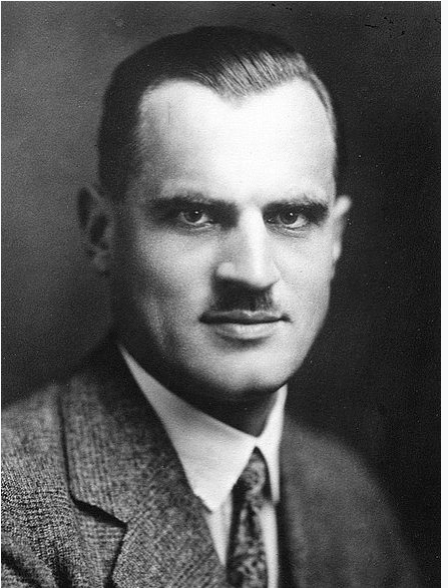
Arthur Holly Compton was born at Wooster, Ohio, on September 10, 1892, into a family of 4 children, that included his eldest brother, Karl and one sister. From age 10, He attended the College of Wooster where his father, Elias Compton, Professor of Philosophy was the Dean. On graduation from Wooster with a Bachelor of Science in 1913, Arthur attended Princeton where he received his M.A. degree in 1914 and his Ph.D. in 1916.
In 1919, following a year as a physics instructor at the University of Minnesota and two years as a research engineer at the Westinghouse Lamp Company, he was awarded a National Research Council Fellowship that enabled him to study at the University of Cambridge’s Cavendish Laboratory in England. There he worked with George Paget Thomson, the son of J. J. Thomson,
On his return to the United States in 1920, Arthur was appointed Wayman Crow Professor of Physics, and head of the Department of Physics at Washington University in St. Louis. To study the arrangement of electrons within the atom, he bombarded crystals with X-rays and, in 1922, discovered that X-ray quanta scattered by free electrons have longer wavelengths, indicating that they have transferred energy to the electrons in accordance with Planck’s energy equation. This discovery, known as the “Compton effect,” verified that electromagnetic radiation has both particle and wave characteristics and for this important discovery, he was awarded the Nobel Prize for Physics in 1927.
